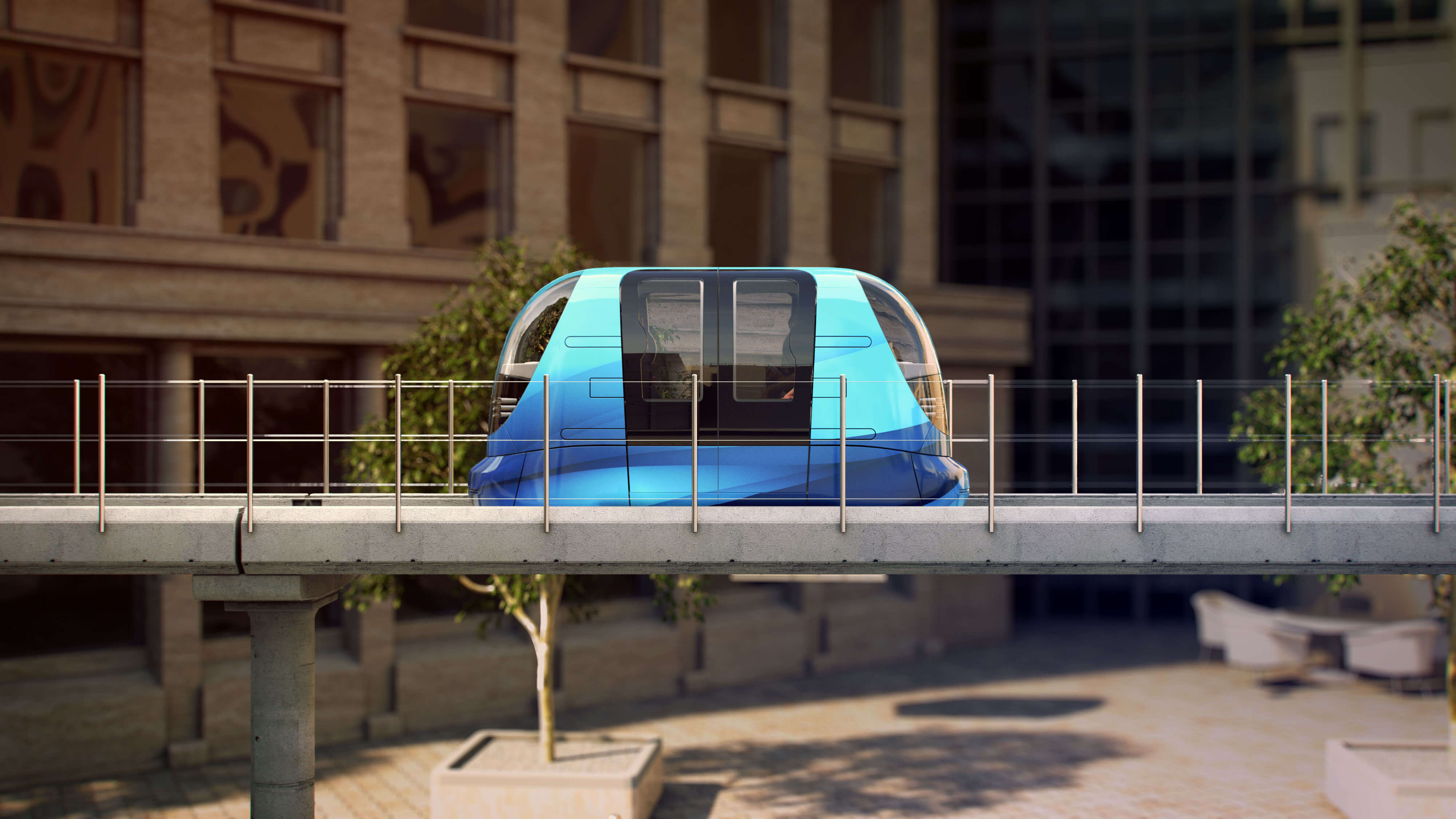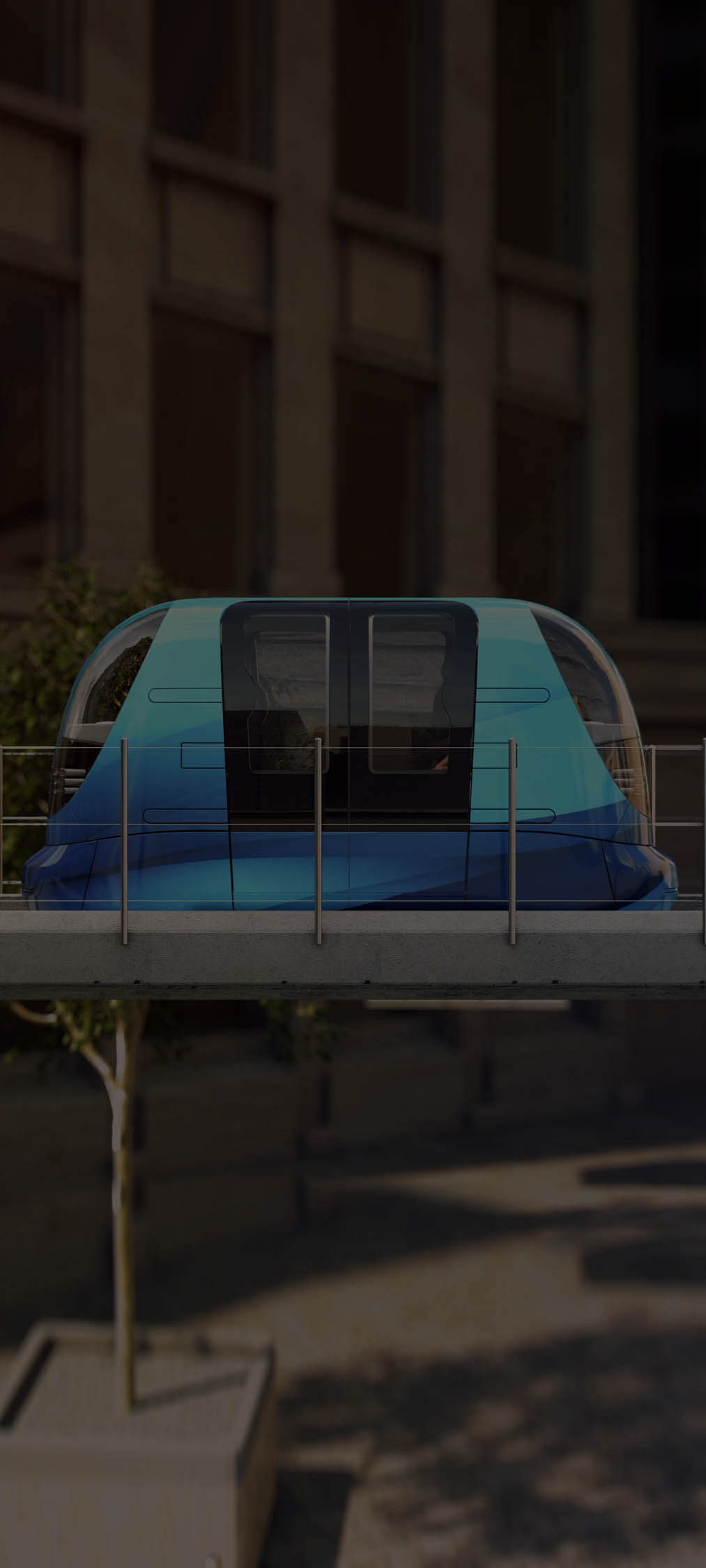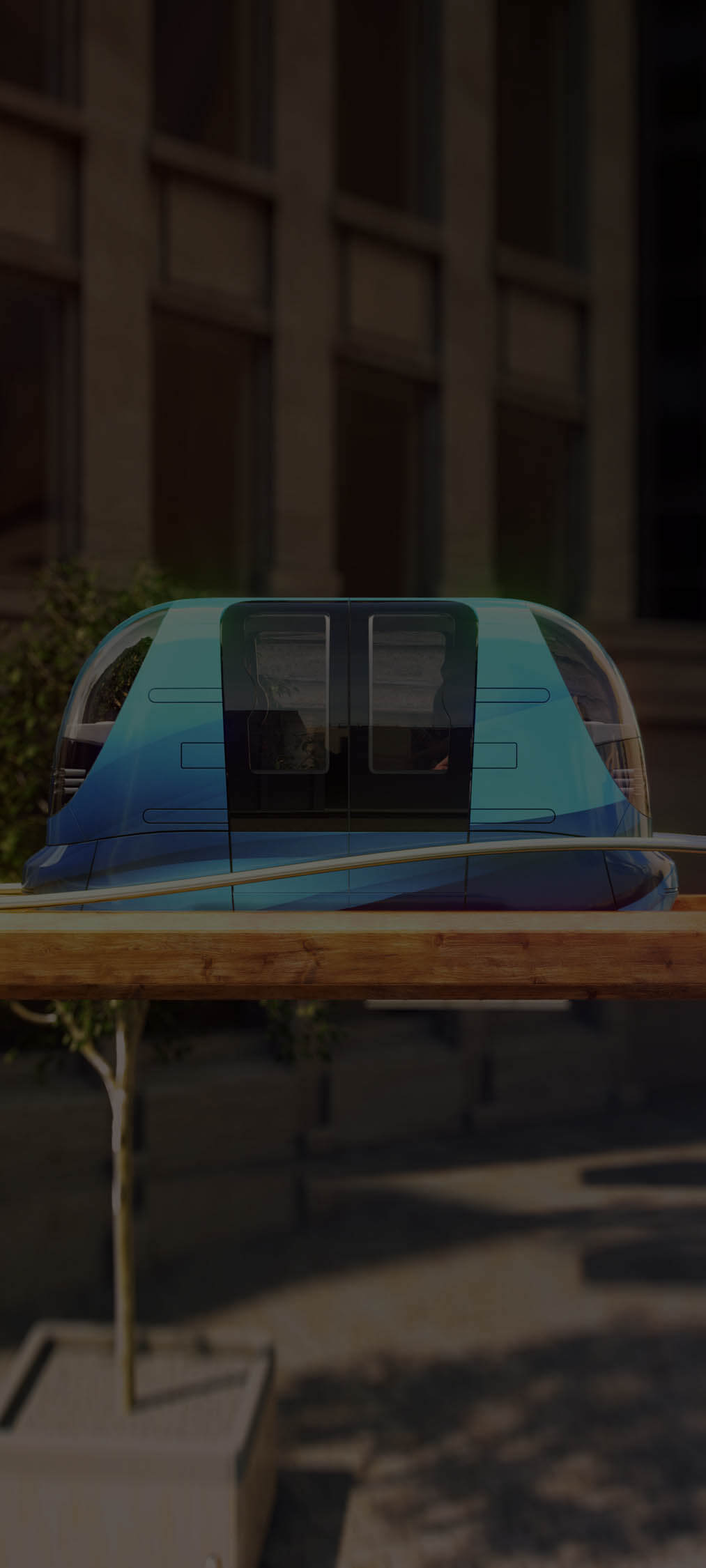Personal journeys
on demand
Our pods are a safe and clean solution for urban congestion
Our pods are a safe and clean solution for urban congestion
Ultra MTS pods are a clean and safe solution for urban congestion. With zero on-site emissions the system offers substantial benefits over fossil fuelled cars and public transport.
0
Zero on-site
emissions
0%
carbon benefit
over car transport
0%
carbon benefit
over train/bus
Providing precise reliability, our Pods provide precise reliability and non-stop journeys leading to minimal waiting times.
Passengers using Ultra – MTS PRT are protected in several ways. First, it uses an Automatic Vehicle Protection system (as found on railways), which prevents 2 pods from being in the same section of guideway. Each pod has sensory technology which detects any obstructions on the track, and stops the pod smoothly to allow removal. Finally, the track and pods are covered by CCTV, which is monitored continuously.
Ultra – MTS PRT has been designed to ensure ease of access and use for disabled passengers. Pods are wheelchair accessible, with no gaps between them and the station platform. Stations have elevator and escalator access. The user interface consoles are all capable of using voice activated commands for those with visual impairment.
If a passenger experiences an emergency of any kind, each pod has an emergency button connecting them immediately to a supervisor in the system control room. Passengers can then speak directly to request help. Assistance can be arranged immediately, whether to provide medical care or security, at the passenger’s destination station.
Using a touch screen at the station, passengers tell the system where they want to go. Tapping a national flag allows the language on screen to be changed, and voice activation in the pods is adjusted to that language simultaneously. The berth doors then open, and when comfortably seated, users press the start button, and the pod moves autonomously non-stop to their destination. Payment systems will be contactless.
Perfect for:
Flexible and reliable providing personal transport on demand.
Ultra-MTS passenger pods can be configured to carry 4 or 6 people, to meet local demand flexibly. A separate pod has been designed to carry goods and recycled waste.
Ultra-MTS PRT is designed to blend seamlessly with other transport – trains, buses, trams – to provide easy, predictable ongoing journeys.




Ultra–MTS PRT can be designed to integrate into its surroundings – guideway infrastructure, railings and pods can all be customised to blend in well, whether in modern financial districts or historic towns and cities.
PRT is a new, emerging technology. The following questions and answers provide further detail on how it works.
Thank you for your interest in Ultra MTS for more information please contact:
Check us out on social media: